The Qualcomm Snapdragon 820 processor is designed for the top mobile terminals that offer an innovative user experience. The Adreno 530 GPU, Hexagon 680 DSP and Kryo CPU together form the Heterogeneous 820 Heterogeneous Computing "Iron Triangle"; based on the Snapdragon 820 processor The terminal was launched in the first half of 2016.
The Snapdragon 820 is a highly optimized custom 64-bit CPU designed for heterogeneous computing - Qualcomm Kryo. Kryo uses the latest 14nm FinFET process to support processing speeds up to single core 2.2GHz. Kryo is a continuation of the popular custom Krait CPU - the Krait CPU supports the Opteron 800, 801 and 805 processors. Compared to the Snapdragon 810 processor, the Kryo CPU and the Snapdragon 820 will deliver up to twice the performance boost and power efficiency. Combined with other heterogeneous components of the Snapdragon 820, Kryo delivers superior user experience, innovation and efficiency, making the Snapdragon 820 one of Qualcomm Technologies' most innovative top-level mobile processors to date.
Kryo is tightly integrated with the Adreno 530 GPU and Hexagon 680 DSP for high performance mobile computing and the latest in multimedia and connectivity. Compared to the Adreno 430, the new Adreno 530 GPU reduces power consumption by up to 40% and graphics and GPU computing performance by up to 40%. At the same time, the Snapdragon 820 processor will be equipped with a new 14-bit Qualcomm Spectra Image Signal Processing (ISP) unit for the first time, and the shooting experience will be further enhanced.
The Snapdragon 820 integrates the new Hexagon 680 DSP to achieve user experience innovation based on mobile SoC computing efficiency, which can help the Snapdragon 820 reduce power consumption and extend battery life. The Hexagon 680 has two major new features; first, a completely independent DSP for sensor processing, subtly named "low power island" for improved "always on" use cases Battery life, as well as sensor-assisted positioning. The second feature is to provide an updated level of power to the Hexagon DSP in the form of Hexagon Vector Extension (HVX).
In addition, the newly upgraded Opteron X12 LTE modem will be integrated into the Opteron 820 processor to provide leading 4G LTE and Wi-Fi technology for premium mobile terminals. The X12 LTE downlink supports Cat.12 (maximum transmission speed up to 600Mbps) and uplink support Cat.13 (maximum transmission speed up to 150Mbps). In addition to leading LTE features, the Snapdragon 820 processor also achieves excellent Wi-Fi through the integration of Qualcomm MV | EFXMU-MI MO technology Qualcomm VIVE 802.11ac and multi-gigabit 802.11ad, Wi-Fi tri-band technology. -Fi performance and connectivity experience.
Quick Charge 3.0 will also be integrated into the Snapdragon 820 processor, charging four times faster than traditional charging, twice as fast as Quick Charge 1.0, and 38% more efficient than Quick Charge 2.0; Quick Charge 3.0 is best. The Voltage Intelligent Negotiation (INOV) algorithm can determine the required power according to the handheld terminal, achieve optimal power transmission at any time, and maximize efficiency. In addition, its voltage options are wider and the mobile terminal can be dynamically adjusted to the optimal voltage level it supports.
The Snapdragon 820 processor will be the first platform to offer Snapdragon Smart Protect technology with real-time, built-in machine learning capabilities designed to accurately and efficiently detect zero-day malware threats to protect individuals Privacy and terminal security. Snapdragon Smart Protect is the first application to adopt Qualcomm Zeroth technology to enrich traditional anti-malware solutions with an advanced cognitive computing behavior engine that provides real-time malware detection, classification and genetic analysis built into the terminal.
Zeroth is Qualcomm Technologies' first cognitive computing platform designed to enhance the end-user experience. The Zeroth platform creates a more intuitive experience and a more natural interactive foundation by adding terminal intelligence designed by adding a range of key mobile experiences and cognitive capabilities. These include: visual cognition, smart connectivity, intuitive security, always-on perception, immersive multimedia, voice and audio recognition, and terminal natural interaction.
To better implement heterogeneous computing features, the Snapdragon 820 also supports Qualcomm Symphony System Manager. When some processors completely hand over system management to the CPU core, Symphony aims to manage the different configurations of the entire SoC, choosing the most efficient and efficient processor and dedicated core combination, with the lowest power consumption, the fastest mission accomplished.
Kirin 950Kirin 950 is not a simple CPU. Strictly speaking, it should be called SOC chip. It contains CPU and integrates GPU, ISP, Modem, DSP and other components. The TSMC 16nm process and the A72 architecture are used to load the Mali-T880 MP4 GPU.
On the morning of November 5, 2015, Huawei officially released the Kirin 950. The Korean media first disclosed the data of the Kirin 950 processor, and the overall performance was very strong.
Huawei said that the processor has been mass-produced in August. It is expected that Huawei Mate 8 will become the first model. The Huawei MediaPad M3 is equipped with the Kirin 950 processor, which keeps the overall response speed.
Kirin 950 has four Cortex-A53 cores and four Cortex-A72 cores, with a maximum frequency of 2.3GHz and a graphics processor of ARM Mal.
i T880, and supports dual channel LPDDR4 memory, UFS 2.0 and eMMC 5.1. The processor also features an i5 coprocessor, a Tensilica Hi-Fi 4 independent audio DSP, and dual-camera LTE Cat 6, USB 3.0, Bluetooth 4.2 and up to 42 megapixel cameras.
According to the data of the Kirin 950 processor, the Geekbench 3 test score of this processor is quite excellent, its single-core performance score is 1909, and the multi-threaded score is 6096, exceeding the 810 processor and Exynos 7420. According to the latest running score display, the gap is still relatively obvious compared with the latest Snapdragon 820 and Exynos 8890, especially single core performance.
Kirin 950 NEON command test dual-thread concurrent read and write bandwidth reached 38GB / s, Exynos 7420 up to 23GB / s, Snapdragon 810 is only 19GB / s. In terms of single-core performance, the Snapdragon 820 is superior to the Kirin 950, and in terms of multi-core, the Kirin 950 is superior to the Snapdragon 820. On the GPU side, Xiaolong has an absolute advantage. Comprehensive considerations have their own advantages and disadvantages.
Comparison of performance parameters between Xiaolong 820 and Qilin 950After switching back to Qualcomm's own architecture, the performance of the Snapdragon 820 is really good, and the manufacturer is also taking a breath. After all, the Snapdragon 810 is too pithy.
Based on Samsung's 14nm process technology, Snapdragon 820 uses Qualcomm's self-designed Kryo architecture (64-bit), and from today's it's Bunny 6.0 running score, the score reached 131,648, which is said to be the strongest on the earth. Not too much.
Although the Snapdragon 820 only has four cores built in, it pays more attention to architecture and single-thread efficiency. Qualcomm's efforts are not in vain. From the GeekBench score of the Snapdragon 820 sent by netizens, single thread surpassed Apple's A9, and multithreading was 5369 points, which is really excellent.
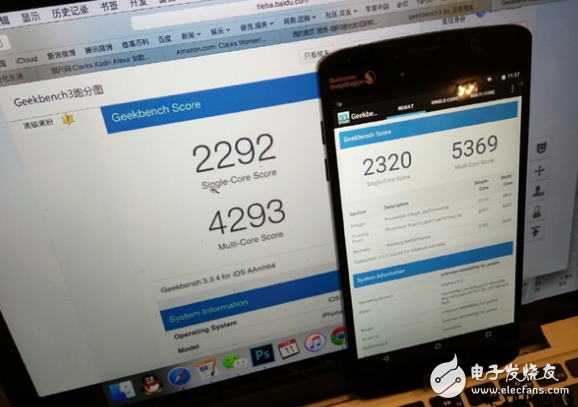
When the Snapdragon 820 came out, many users unconsciously took the Kirin 950 to compare with it. After all, the latter had always occupied the top position of the Antu Bunny. From the actual performance comparison between the two, the gap is mainly on the GPU.
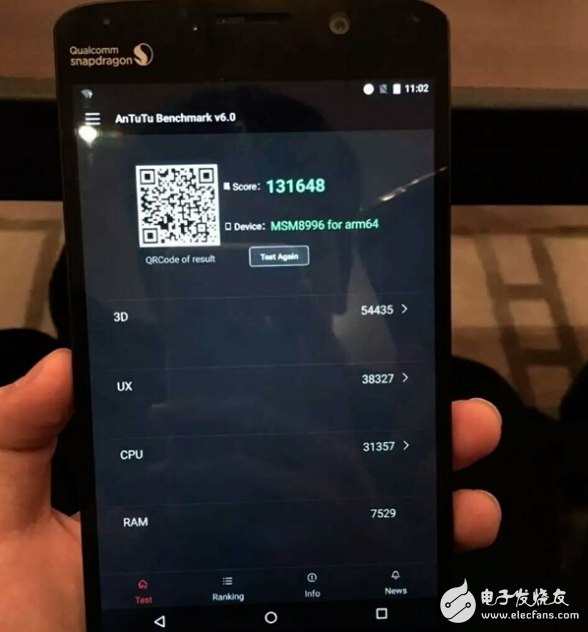
Xiaolong 820
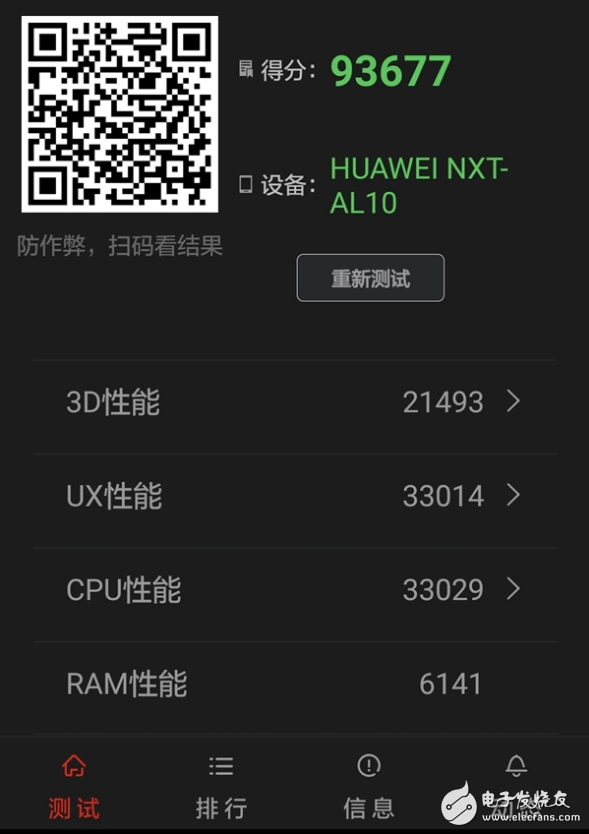
Kirin 950
Under the Adreno 530's blessing, the 3D performance score of the Snapdragon 820 (54435 points) is more than twice that of the Kirin 950 (21493). On the UX graphics module, the Snapdragon 820 score 38372 is slightly ahead of the Kirin 950's 33014.
Back to the CPU test link, Xiaolong 820 scored 31,357, while Kirin 950 with eight cores, slightly occupied the advantage, the score is 33029, simply put, CPU Xiaolong 820 and Kirin 950 are not much different, open the gap Is the GPU.
In addition, some netizens also made a comparison chart of Snapdragon 820 and Kirin 950 GPU (using the most commonly used GFXBench Manhattan ES3.0 off-screen scores as a comparison), together with A9. Samsung 7420, etc., from which it can be obvious It can be seen that in the Manhattan ES3.0 off-screen score, the Adreno 530 actually reached 48.7fps, the A9 was 39.3fps, and the Kirin 950 with the built-in MaliT880 MP4 was 16.8fps.
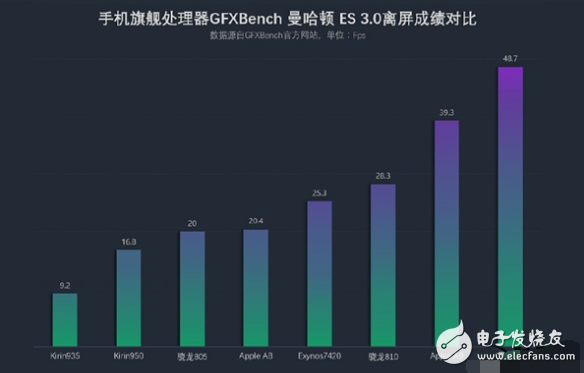
In a year, the GPU of the mobile phone's flagship processor has a difference of up to 5 times the lowest and highest performance. It can be seen that the GPU is developing faster than the CPU. The only suspense is the Exynos8890.
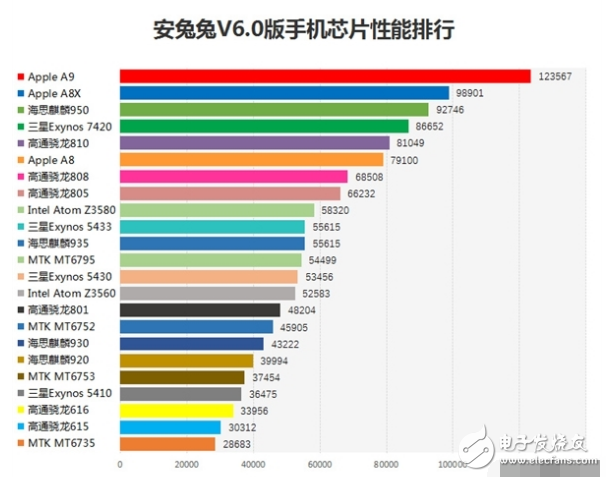
Plug-In Connecting Terminals,Insulated Spade Terminals,Cable Connector Double Spade Terminals,Vinyl-Insulated Locking Spade Terminals
Taixing Longyi Terminals Co.,Ltd. , https://www.txlyterminals.com